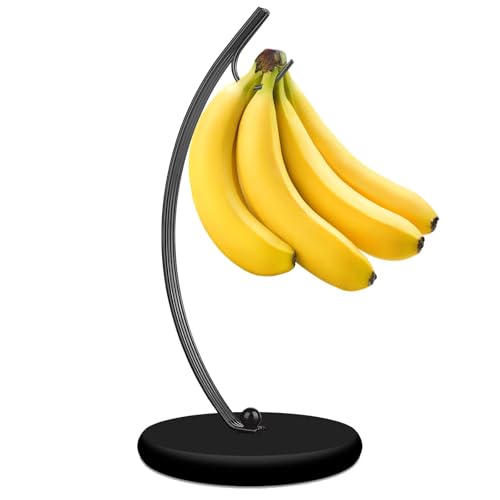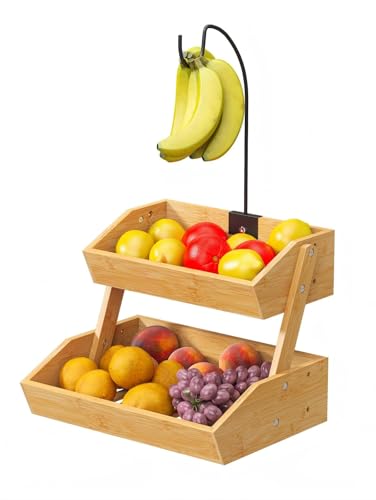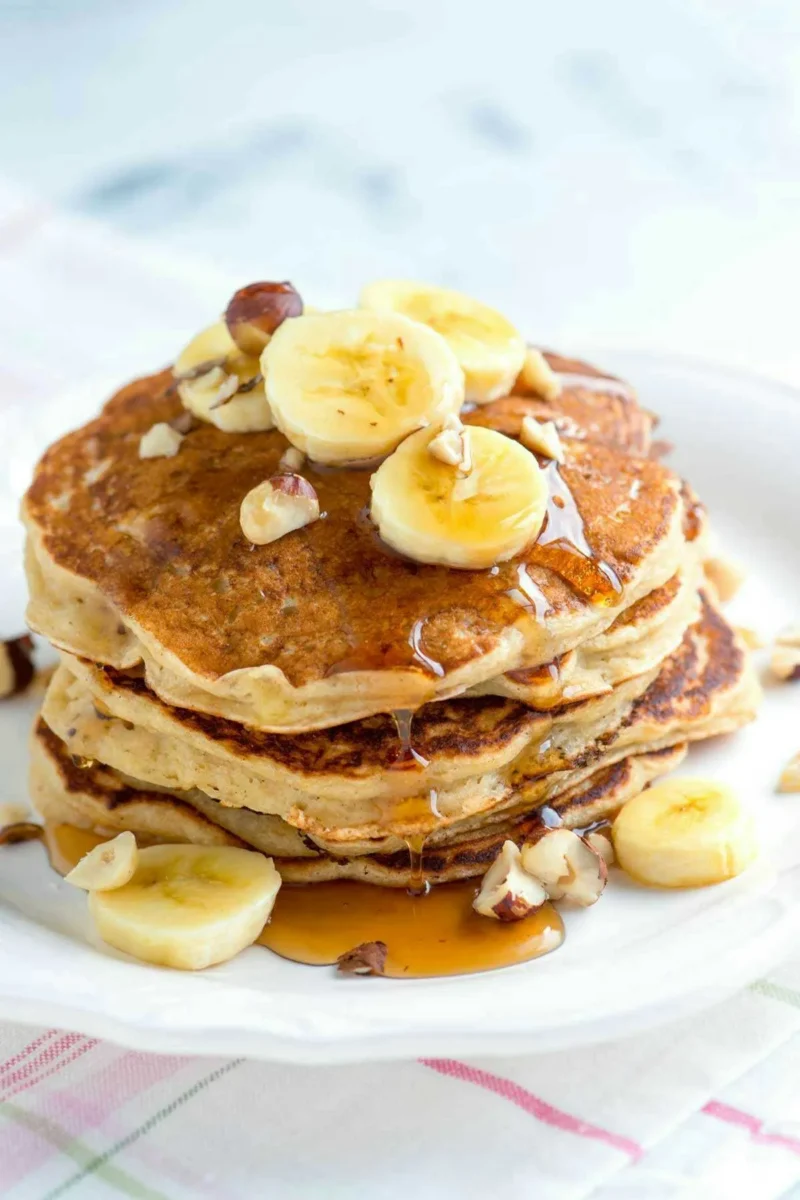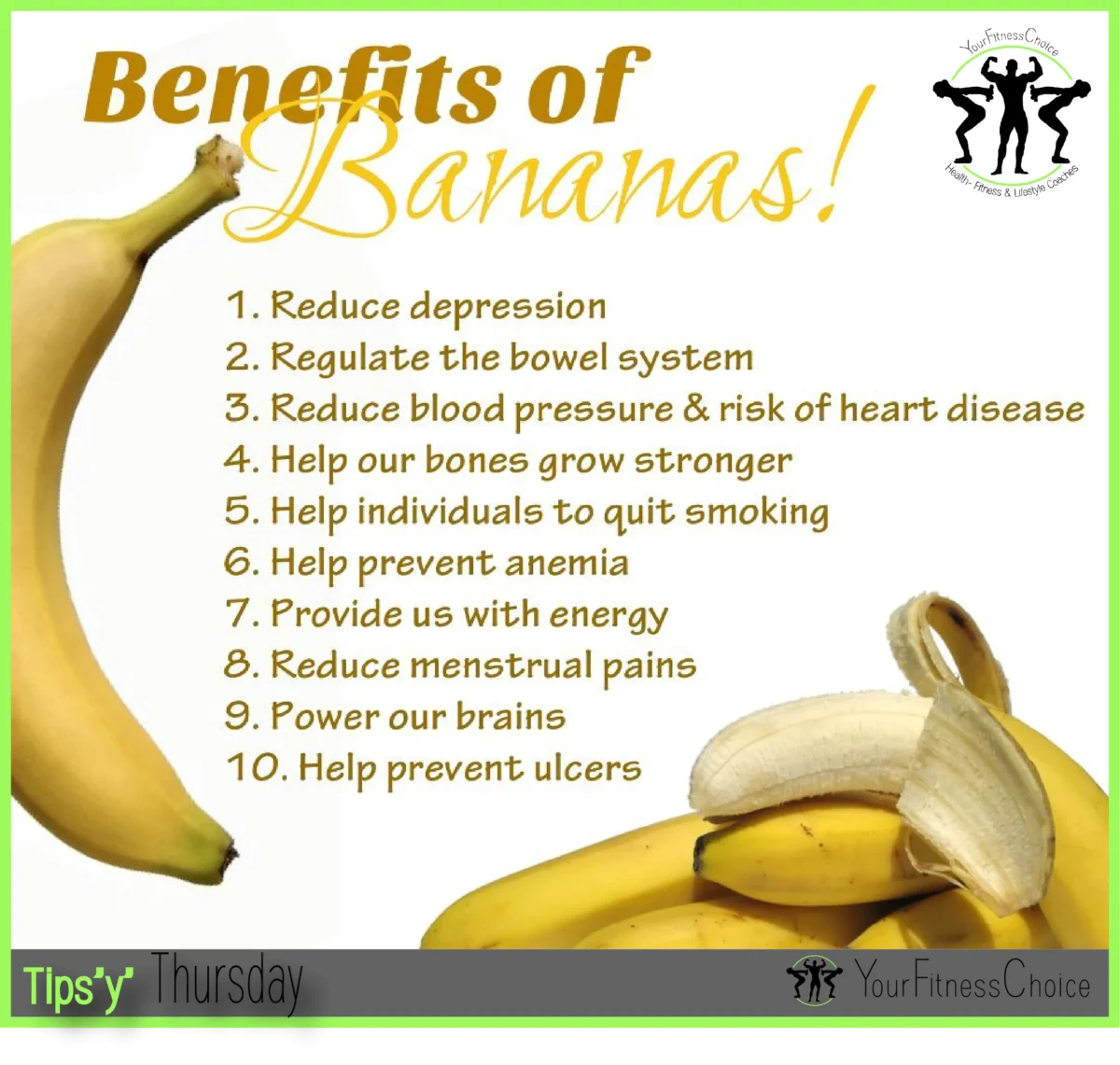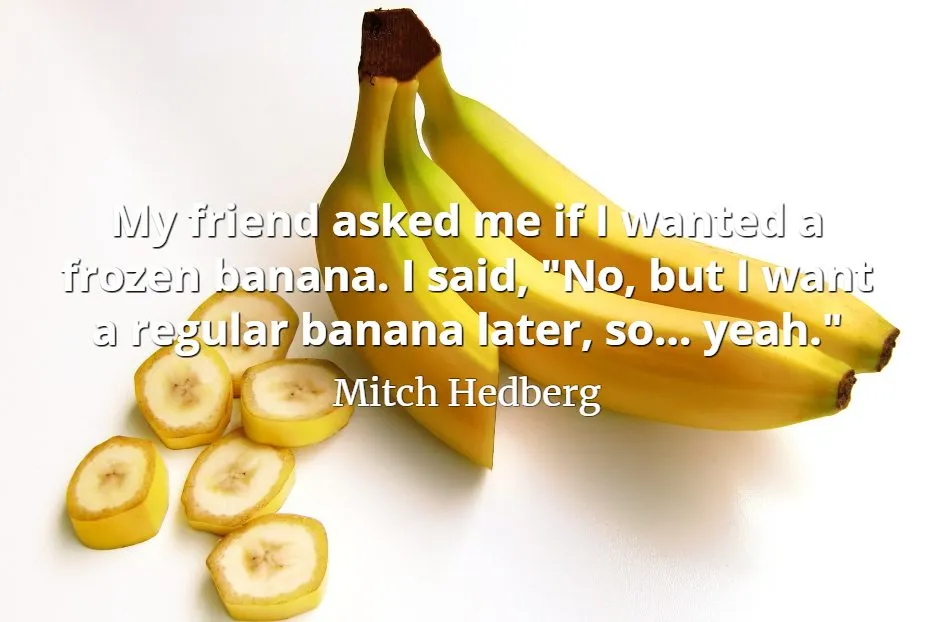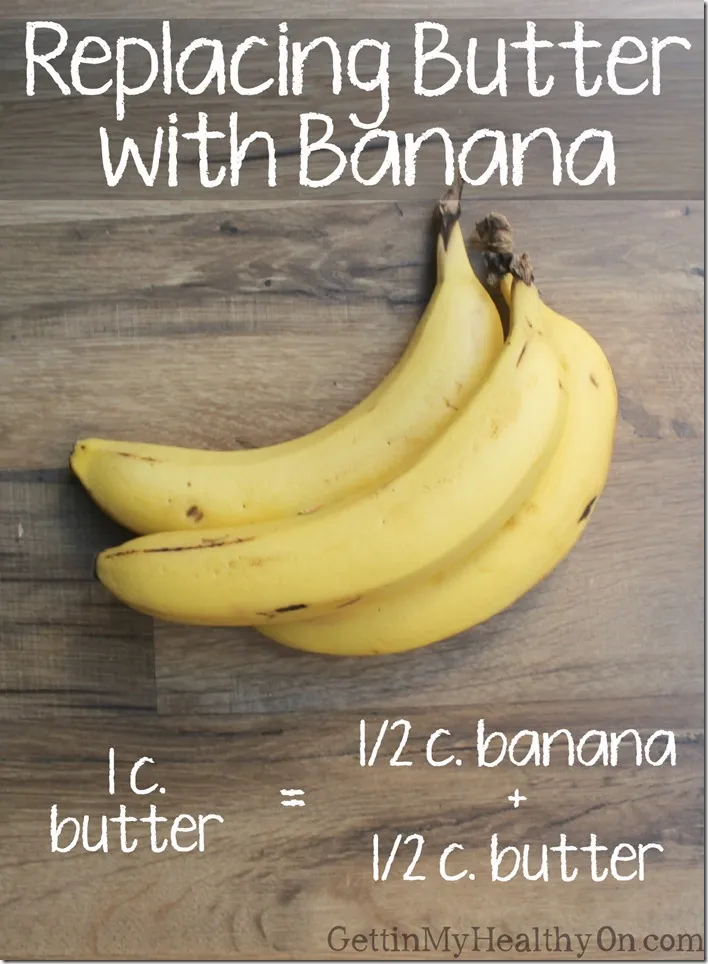Beyond Bananas: Exploring Foods with Similar Flavor Profiles
Have you ever wondered what gives bananas their distinct flavor? Or perhaps you are curious about which foods taste similar to this sweet and tropical fruit. Whether you are a banana enthusiast or simply looking to expand your culinary knowledge, this article is for you.
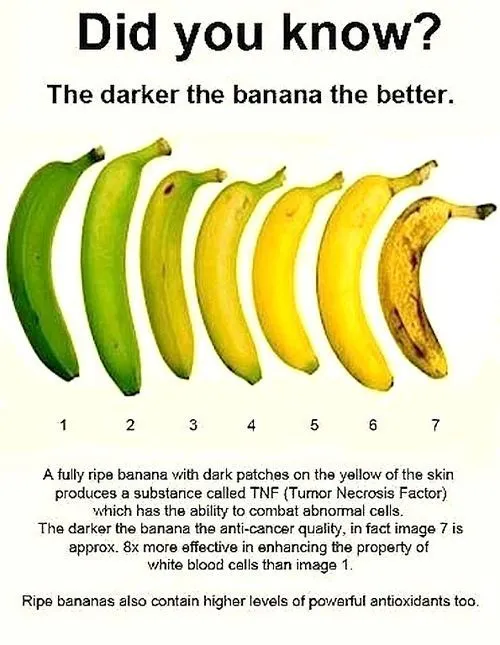
We’ll explore the fascinating science behind what gives bananas their unique taste, as well as introduce you to some unexpected foods that share a similar flavor profile. Plus, we’ll share some delicious recipes and fun facts that will surely make you go bananas!
Let’s peel back the layers and discover what makes bananas so special. Keep reading to find out more.
What gives bananas their unique flavor?

Bananas are one of the most beloved fruits in the world, known for their sweet and creamy flavor. But what exactly gives bananas their unique taste?
The answer lies in a complex combination of biochemical compounds that work together to create the distinctive flavor profile of this tropical fruit. One key component is isoamyl acetate, a chemical compound that provides the fruity and slightly floral notes that are characteristic of ripe bananas.
In addition to isoamyl acetate, bananas also contain other organic molecules such as esters and alcohols. These compounds contribute to the overall aroma and flavor complexity of bananas, giving them subtle nuances that make them so enjoyable to eat.
Interestingly, different varieties of bananas can have different flavor profiles due to variations in their chemical composition. For example, some types may be sweeter or more tart than others depending on their specific mix of compounds.
While scientists have made progress in understanding what gives bananas their unique taste, there is still much we don’t know about this fascinating fruit. As researchers continue to study its chemistry and biology, we may uncover even more secrets about why we love it so much.
Foods that have a similar taste to that of bananas.
Bananas are a beloved fruit, but did you know that there are other foods that share a similar taste? One of the closest matches is plantains, which are a staple in many Latin American and Caribbean cuisines. Like bananas, they have a sweet flavor when ripe and can be eaten raw or cooked.
Another option is jackfruit, which has recently gained popularity as a vegan meat substitute due to its fibrous texture. When ripe, jackfruit has a sweet taste that some describe as similar to banana.
For those who enjoy baked goods, yucca may be an interesting alternative. This root vegetable can be mashed and used in place of bananas in recipes like bread or muffins for a slightly different flavor profile.
Don’t forget about the humble persimmon! While not as commonly consumed as bananas or plantains, this fruit has a sweet flavor with subtle hints of cinnamon and nutmeg that some find reminiscent of banana.
Exploring these alternatives can add variety to your diet while still satisfying your love for all things banana-flavored.
Recipes that use bananas or ingredients flavored with banana.

Bananas are a versatile and delicious fruit that can be used in a variety of recipes. From sweet treats to savory dishes, there are countless ways to incorporate bananas or banana-flavored ingredients into your cooking.
One popular way to use bananas is in baking. Banana bread is a classic recipe that many people enjoy, but there are also plenty of other baked goods that can be made with this fruit. Banana muffins, banana pancakes, and even banana scones are all tasty options.
For those looking for something more savory, bananas can also be used in main dishes. One example is a Caribbean-style curry dish that features both ripe plantains and green bananas. This dish is typically made with coconut milk and spices like curry powder and cumin for an exotic flavor profile.
Banana-flavored ingredients like banana extract or banana liqueur can also add a unique twist to cocktails or desserts. Try adding some banana liqueur to your next daiquiri or using it in a creamy dessert like Bananas Foster.
No matter how you choose to use them, bananas offer endless possibilities for delicious culinary creations. So the next time you have some overripe bananas on hand, don’t hesitate to experiment with new recipes and flavors!
Here are some fun facts and trivia about bananas and their flavor.
Bananas are a beloved fruit for many people, and their unique flavor is one of the reasons why. Here are some fun facts and trivia about bananas and their flavor that you may not have known before.

« what to do when banana leaves turn brown
if banana is apple apple is grapes »
Did you know that the flavor of bananas comes from a compound called isoamyl acetate? This compound is also found in other fruits like apples, pears, and strawberries, but it’s most commonly associated with bananas.
Another interesting fact about banana flavor is that it’s actually influenced by ripeness. As bananas ripen, the levels of isoamyl acetate increase, which explains why ripe bananas have a stronger banana flavor than unripe ones.
But here’s where things get really interesting: did you know that the banana we eat today is not the same as the one our grandparents ate? The Cavendish banana, which is now the most common variety sold in stores worldwide, replaced an earlier variety called Gros Michel in the mid-20th century. Why? Because Gros Michel was nearly wiped out by a disease called Panama disease (also known as Fusarium wilt), which makes it impossible to grow commercially. The Cavendish was chosen to replace it because it was resistant to Panama disease – at least at first.
Unfortunately, in recent years there has been concern over another strain of Panama disease (called TR4) that has started affecting Cavendish crops around the world. This means that we may have to start looking for yet another type of banana to replace our beloved Cavendish in years to come.
So next time you bite into a sweet and delicious banana, remember all these fascinating facts about its unique flavor – and be grateful for this
Check out our other articles to find out even more about banana.
Bananas are a unique fruit with their own distinct flavor. Whether you’re looking to try out new recipes or learn more about what actually makes bananas taste the way they do, we hope this article has provided some helpful insight into the world of banana flavors. Check out our other articles to find out even more about banana and how it can be used in delicious recipes!



